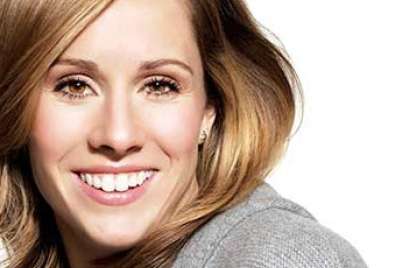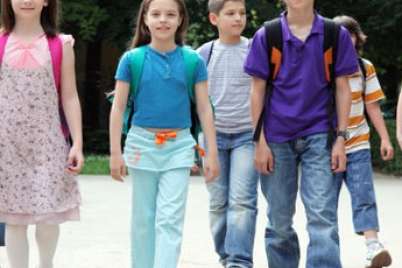
Building your child’s brain is like building a house
Parents have been hearing for a long time now about the importance of our child’s early years. The preschool years, we’re told, prepare children to be successful in school and in life. These first years also set the habits that they will carry throughout their lifetimes – to be active, healthy, and productive adults.
Neuroscience is how we understand why a child’s early years are so important. Scientists refer to the concept of brain architecture to explain how the structure of a child’s brain grows and develops, and they use a metaphor that makes it easy to understand: building a child’s brain in the early years is like building a house.
How a child’s brain develops
A child’s brain is the most amazing organ in his body. At full growth, it weighs about three pounds and is composed primarily of water and fat. These three pounds allow a child to walk and talk, to laugh and cry, to love and play. Everything a child does, thinks, and feels, every wish, dream, regret, and hope a child experiences is mediated by the brain. A child’s brain defines who he is.
The architecture of a baby’s brain begins to develop about three weeks after conception. The neuron is the most basic brain cell. At birth, there are 15 times more brain cells in a baby’s head than there are people on the planet. Except for the area of the brain responsible for basic life functions (like breathing) most of these neurons are not connected at birth. For the brain to function, the neurons must connect with each other.
As a baby grows, so does her brain. Each time she experiences a tickle from her dad or a smile from her mom, the neurons in her brain make a new connection, called a synapsis (the arrow in the image here points to a synapsis). A baby’s brain has the ability to make trillions (really!) of connections – to learn any language spoken on earth, to become a mathematician or an athlete, even to become passionate about a cause.
First in a series
This series of articles tells the story of a child’s early brain development and how it relates to the development of physical literacy.
- Building your child’s brain is like building a house
- Building your child’s brain through physical literacy
- Build your child’s brain by giving them lots of experiences to explore
- Active play experiences help young children develop physical literacy
- Why relationships are so important when building a child’s brain
- How to support the ‘air traffic control system’ of your child’s brain
A child’s brain is dense with connections
By the time a child is six years old, his brain will be incredibly dense. There will be more connections, or synapses, in his brain than at any other time in his life. He has unlimited potential. But a brain that is so dense, so full of connections, makes it difficult to respond quickly and efficiently. You may have noticed, sometimes, that your young child has to stop before responding. Like a road system with too many turn-offs and roundabouts, a densely connected brain can be confusing and slow to get around.
So, in order to be more efficient, the brain starts pruning the connections that are not being used. The adage, “Use it or lose it!” is literally true for our child’s brain. This pruning starts during the elementary school years and continues at the rate of about 10,000 connections per minute for the rest of our lives. No wonder we worry about losing our minds as we age. We do!
Brains, like houses, need solid foundations and four walls
How can we support building a strong brain architecture for our child in the early years? After all, we only get one brain. What we are born with must last our lifetime.
That’s where the house construction analogy comes in. When building a sturdy house, we start with a firm and level foundation. Then we construct strong walls, ensure that the wiring and plumbing are properly done, and then cover it all with a weatherproof roof. We choose durable building materials that will last a lifetime.
In the same way, the four walls of a child’s brain are cognitive, emotional, physical, and social. If one of those areas isn’t developed, the brain is missing a key structural component. Each of those walls needs the other three in order to function well.
In the next article in the series, we’ll look at how parents like you can support the development of all four walls of your child’s brain.






Hi there
I love this article! Would you be happy for us to use it as a blog on our website and reference you? Our company name is Clamber Club
Hi there. We appreciate your interest! However, we have specific guidelines to follow. Please reach out to me at [email protected] if you’d like to discuss!